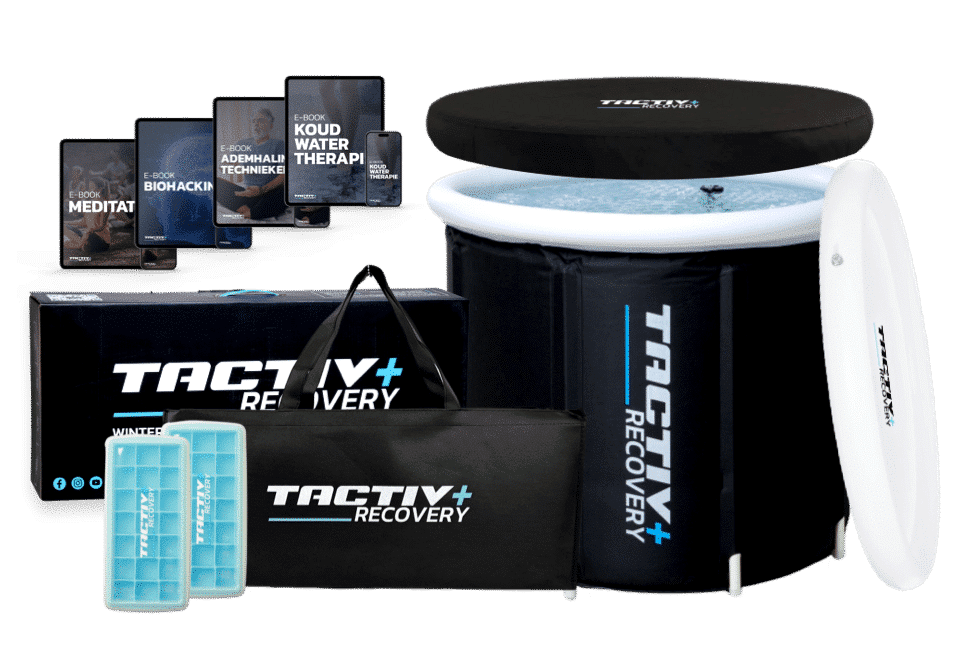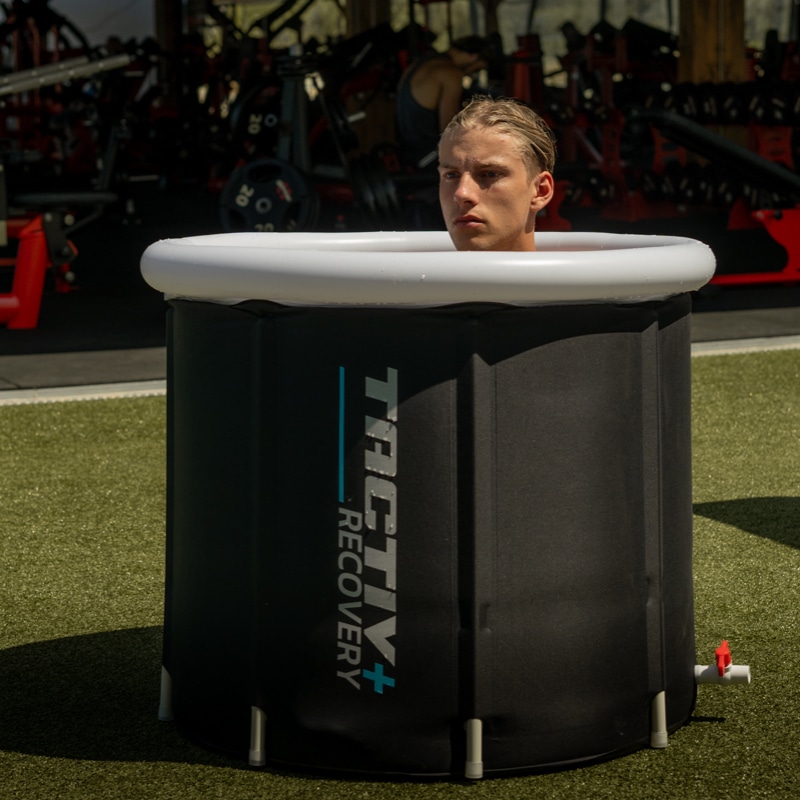Hamstring injury – recovery and prevention
Welcome to our hamstring injury blog, focusing on both recovery and prevention. Throughout this journey, we have unraveled the complexities of hamstring injuries, discussed effective preventative measures and shared insights on the recovery process.
Discover valuable insights and let us know which aspects of health and wellness interest you most. Together, we will continue on this journey to wellness. Let’s get started!
Understand the hamstring injury
A thorough knowledge of the hamstring injury is invaluable for athletes and sports enthusiasts alike. The hamstrings, consisting of the biceps femoris, semimembranosus and semitendinosus muscles, are prone to various injuries. A deep understanding of the biomechanics and specific mechanisms behind hamstring injuries is crucial. We will address how excessive strength, insufficient flexibility and other factors can lead to various injuries, including strains and tears. A detailed understanding of these aspects lays the foundation for effective prevention and targeted recovery.
Types of hamstring injuries
Let’s delve deeper into the different types of hamstring injuries. A strain, similar to a slight pull of a rubber band, indicates that your muscles have gone a little too far. It’s like a warning signal, a reminder to slow down.
Moving on to the partial tear, we are in more serious waters. This is like a small tear in a piece of paper – the integrity is compromised, but it can still be repaired with the right approach.
However, a complete tear is like a torn page from a book. Here the damage is more severe and usually requires more intensive treatment and repair measures.
Understanding these gradations is like reading the different chapters of an injury story, and it allows us to be more focused and effective in the recovery process.
Causes and symptoms
Let’s take a look at what triggers these hamstring injuries and how they manifest. Overuse from intense sports activities, insufficient warm-up and muscle weakness are frequent culprits. A lack of flexibility can also contribute to hamstring fragility. Symptoms ranging from pain and swelling to reduced mobility serve as warning signs. Recognition of these signs is essential for a timely response and an effective recovery process. By understanding the causes and symptoms, we can not only prevent injuries, but also respond appropriately when they occur.
Prevent hamstring injuries
Now that we know how complex hamstring injuries can be, it’s time to discover how to avoid them. Preventing these injuries is like wearing a protective shield for your hamstrings. We delve into targeted preventive measures and practical tips for safe exercise. By incorporating these simple but effective strategies, you can increase the resilience of your hamstrings and minimize the risk of injury.
Effective preventive measures
Now that we’ve focused on preventing a hamstring injury, it’s time to dive into the world of effective preventive measures. It’s like laying solid foundations for a healthy home – a crucial step in preventing future problems.
A personalized exercise program aimed at strengthening hamstrings and improving overall flexibility is like laying a solid foundation.
Powerful exercises for hamstrings:
- Hamstring Curls: Lie on your stomach, bend your knees and bring your heels to your buttocks.
- Deadlifts: A great exercise that strengthens the hamstrings, glutes and lower back.
A proper warm-up is like opening a book – it prepares you for the adventure ahead.
- Dynamic Stretching Exercises: For example, leg swings and high knee lifts.
- Light Cardio: A few minutes of jogging to increase blood flow.
By regularly incorporating these exercises into your routine and doing a proper warm-up, you will not only strengthen your hamstrings, but also reduce the risk of injury.
Tips for exercising safely
Safe exercise requires more than just a good warm-up; Here are some more in-depth tips to prevent a hamstring injury and develop sustainable exercise habits:
- Progressive Intensity: Build up slowly. Compare it to building a storyline; gradual development ensures a satisfying ending.
- Cross-Training: Diversity in your training is like exploring different genres in a library. It keeps things fresh and prevents overload.
- Regular Rest Days: Rest days are like chapter breaks in a book. They give your body a chance to recover and come back stronger.
By putting these deeper insights into practice, you not only create a safe sports environment, but you also lay the foundation for a sustainable and healthy movement pattern.
Recovery and rehabilitation
With preventive measures fresh in our minds, let’s now shift our attention to the recovery process following a hamstring injury. Understanding the available treatment options and effective physical therapy exercises is essential for a full and effective recovery.
Treatment options for hamstring injury
To effectively manage the recovery process, it is crucial to be familiar with various treatment options for a hamstring injury:
- Rest and ice: Giving your hamstrings adequate rest, supported by periodic ice applications, helps reduce inflammation and promote the healing process.
- Physical therapy: Professional guidance with appropriate exercises plays a key role in restoring strength and flexibility in the hamstrings.
- Medication: In some cases, the use of medications such as painkillers and anti-inflammatories can provide relief.
A balanced approach with these treatment options contributes to effective recovery from hamstring injuries.
Physical therapy and exercises for recovery
Turning now to the practical aspect of recovery, physical therapy is a key component. It is like having an experienced guide on your recovery journey, guiding you step by step to full recovery from a hamstring injury.
Physical Therapy
- Targeted exercises: Physical therapists will prescribe specific exercises to restore hamstring strength and flexibility, tailored to your individual needs.
- Manual therapy: This includes hands-on techniques to improve mobility and promote blood circulation, essential for a quick recovery.
Exercises for recovery.
- Step-up: Start with light exercises such as controlled leg movements and gradually build up to more challenging exercises.
- Stretching: Targeted stretches help increase flexibility and reduce the risk of future injury.
The combination of professional guidance and consistent exercises is the key to a speedy recovery and a successful return to athletic activities.
Fast return to sport
With the solid foundation of physical therapy and recovery exercises, we now turn to strategies for an accelerated return to sport. This process requires not only physical preparedness, but also a thoughtful approach to minimize the risk of recurring injuries.
- Gradual loading: A gradual increase in intensity and duration of sports activities helps the body adapt without overloading.
- Monitoring and adjustment: Regular evaluations of the recovery process allow us to adjust the approach based on progress and any signals from the body.
- Mental preparation: A positive mindset and gradual reintroduction of sports activities contribute to confidence and mental resilience.
Understanding these principles is like reading the map for a successful return to athletic performance.
Practical guide to a speedy recovery
A speedy recovery requires not only medical intervention but also a focused approach in daily routine. This practical guide acts as a compass to guide you through the recovery process:
- Consistency in exercises: Daily dedication to prescribed exercises, such as stretching and strengthening movements, accelerates the recovery process.
- Healthy diet: Nutrients play a crucial role in recovery. A balanced diet with adequate protein promotes muscle healing.
- Adequate rest: Just as a good night’s sleep is essential, adequate rest gives your muscles a chance to recover and get stronger.
- Regular assessments: Schedule regular assessments with a physical therapist or doctor to monitor the recovery process and make adjustments as needed.
- Mental self-care: Stress and anxiety can hinder recovery. Provide relaxation and mental wellness exercises.
By following these guidelines, you will make your recovery period a structured journey toward a speedy return to athletic activities.
When professional advice is needed
In the journey to recovery, it is crucial to be aware of the signs that indicate when professional advice becomes necessary. While self-care is often the first step, there are situations when consulting an expert becomes essential.
If pain persists, despite self-care measures, or even increases, this may indicate complications that require professional assessment. The same applies to situations in which mobility remains limited or even deteriorates.
Uncertainty about proper performance of prescribed exercises or recurrence of injury are also red flags that indicate professional advice is needed. In these cases, a consultation with a physical therapist, sports doctor or orthopedic specialist provides the expertise needed to optimize the recovery process and prevent further complications.
So, listen to your body and be alert to these signs; they are the signposts that indicate when it is time to seek professional help on your path to full recovery.
Explore
With an understanding of a hamstring injury, preventive measures, recovery strategies, and the right times for professional advice, we are at the end of our journey. But this is just the beginning of your journey to a healthy and active life. Read more on our blog about injuries and find out more about how to improve your lifestyle, from nutrition to mental health.
What are your next steps on the path to a healthy and active life?
Are you looking for an Ice Bath?
Check out our ice bath bundles now and receive an instant discount with the code “TACTIV10”.

